Secrets of the residence of the US ambassador in Moscow
Mansion on Staropeskovskoy Square was not accidentally chosen to host the spring ball of Woland in the novel "The Master and Margarita". If building walls could talk, they would tell many secrets and legends. Spaso House (Spaso House) is located near the Arbat, and since 1933, every US ambassador in Russia live here.
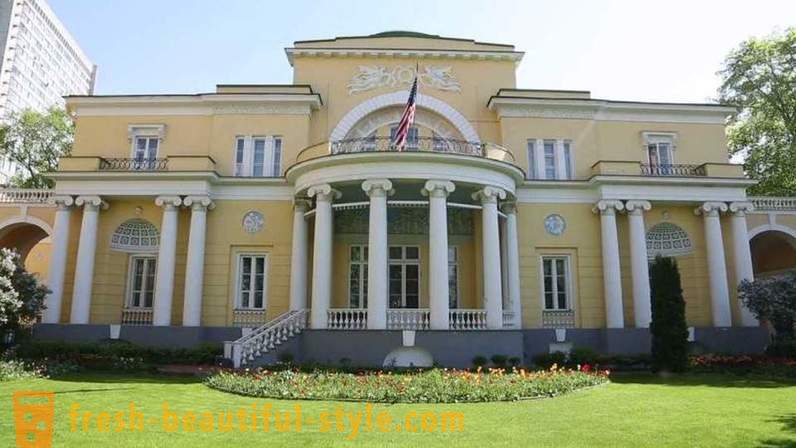

1. Bulgakov was impressed with the Spring Festival in 1935
Spring Festival, which took place on April 24, 1935 at Spaso House, famous for the fact that he was one of the smartest moves that have ever spent US delegation abroad. At the reception were invited prominent figures of the art world, among whom was Bulgakov. According to his wife, after the rout Bulgakov rewrote the chapter on the ball of the full moon of spring in his famous novel "The Master and Margarita".

2. Kennedy bust hid from Reagan
At the entrance to the residence of the Ambassador, guests can see the fireplace, where there is a bust of former US President John F. Kennedy.
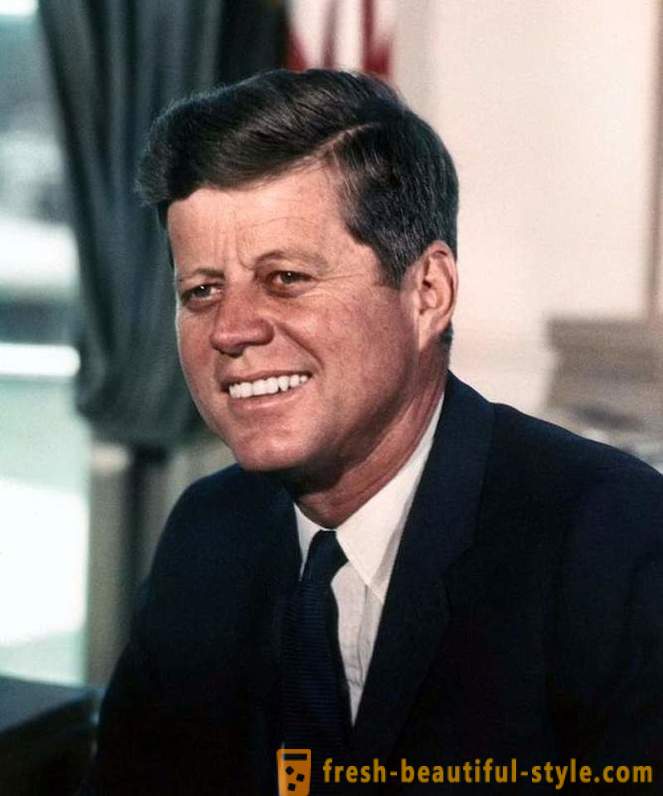
In May 1988, Spaso House was visited by President Ronald Reagan, who went to Moscow to meet with Mikhail Gorbachev. In addition to organizing the extensive and time-consuming repair work in the building, the State Department also sent all the food and porcelain that were used during the official dinner in Moscow. As observers, the Kennedy bust "moved into the far corner."
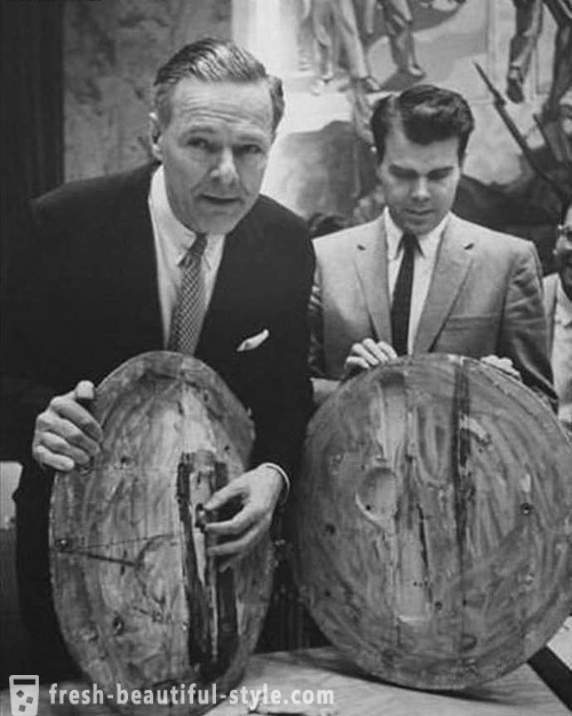
3. Spy emblem US ambassador's office
There are many stories of espionage related to Spaso House. The most famous of them - about the bugs, hidden in a wooden coat of arms of the United States. The Soviet Union learned that Ambassador William Harriman was an avid collector of items from rare wood, and in 1945 he was given a copy of the United States Great Seal, carved from wood. Souvenir was so beautiful that the US ambassador hung it on the wall of his office. Of course, he did not know what was inside the tipster called "Chrysostom".
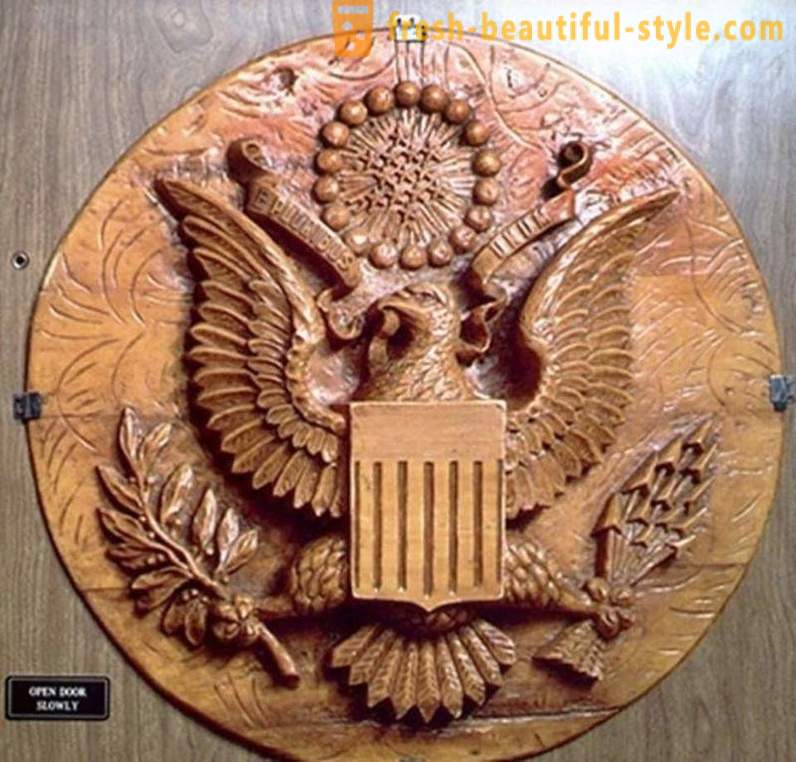
"Chrysostom" worked fine for 8 years and had overheard the four ambassadors. Americans have found a bug only in 1952, when it was discovered by a radio signal. Now printing is stored in the CIA museum.

4. Seals in the ceremonial hall of the
During the Christmas season of 1934 the first US ambassador to the Soviet Union, William Christian Bullitt instructed his interpreter Charles Thayer to organize a "real fun" for all US citizens in Moscow. Moscow Circus lent him three seals.
In the evening, guests gathered in the main hall, there came seals with Christmas tree, a tray with glasses and a bottle of champagne, balancing on their noses. Then seals showing stunts, after which their trainer, who drank a lot, suddenly fainted. Without his control seals scattered throughout the house, and embassy officials were trying to catch them.
Fortunately for Thayer's career, Ambassador Bullitt was not present at the party, as it temporarily recalled to Washington.
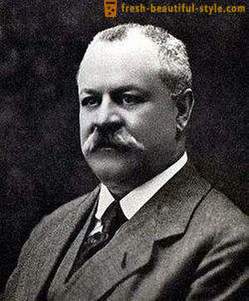
5. The mansion formerly belonged to "Siberian American '
Nicholas II he moved to Moscow from Siberia at the beginning of the XX century. By the time he was already a successful businessman and owned a number of industrial enterprises and banks.
In February 2017 with the help of archival material, Forbes magazine has compiled a list of the richest people who lived in Tsarist Russia. Vtorov topped the list with a fortune of over 60 million gold rubles (720 million dollars). Because of its ability to make money Vtorov called "Siberian American." After the revolution of 1917, according to some historians, the second took the oath of allegiance to the new authorities, but in May 1918 he was killed under mysterious circumstances in his office. Descendants Vtorov went abroad, and his mansion in the center of Moscow was seized by the state and the busy high-ranking officials. He became the residence of the US ambassador in 1933, when the United States and the Soviet Union established diplomatic relations.
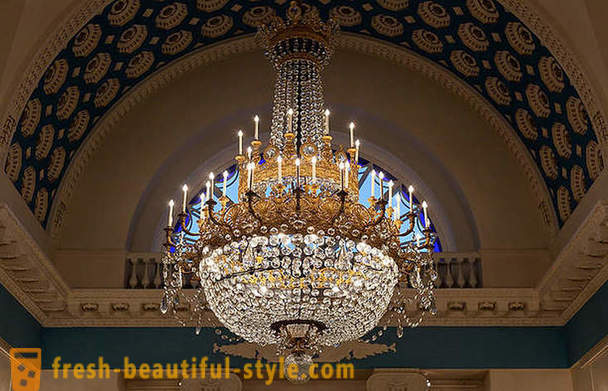
6. The largest chandelier in Moscow
The mansion was built from 1913 to 1915, and it was equipped with the latest technology of the era. The designers could not resist when it came to the interior. The main hall - 25 meters long - crowned with a high vaulted ceiling and a huge chandelier. It is believed that this chandelier, made of Russian crystal, is still the largest in Moscow.













































